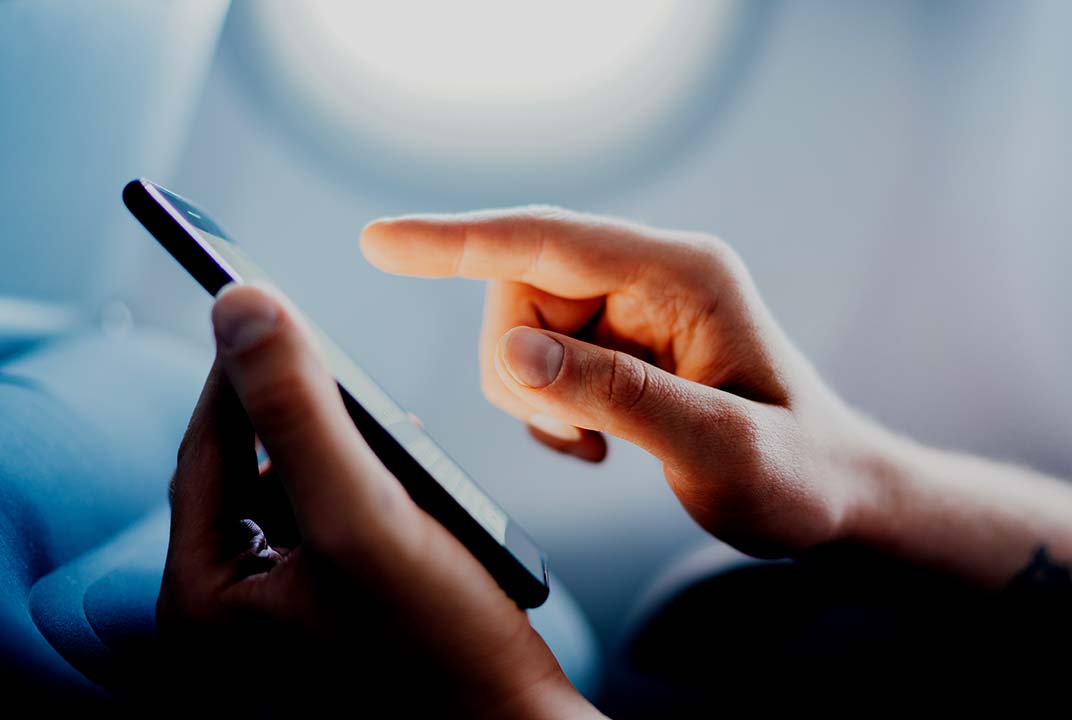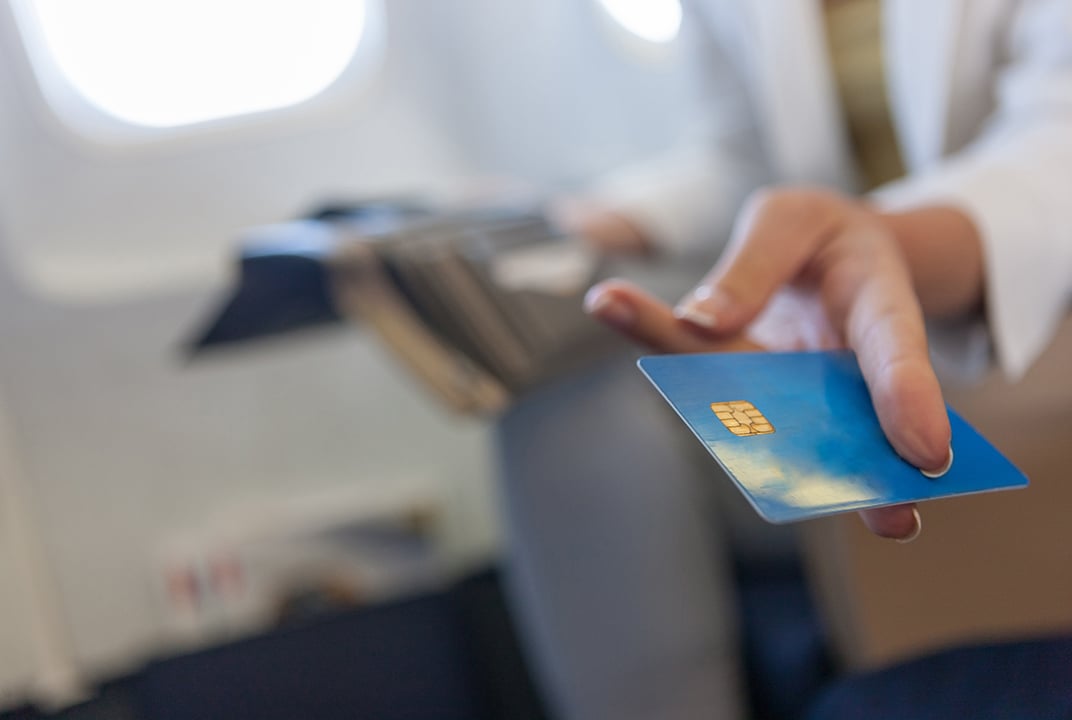Insight | Seven innovations that are boosting revenue
Seven innovations that are boosting revenue
Alan Dron reveals some smart initiatives that are supercharging ancillary revenue
The overwhelming trend in the industry’s financial results over the past year has been the pressure on yields. Over-capacity in the marketplace resulted in too many seats chasing too few passengers; carriers slashed fares to fill seats. Good news for travellers, bad news for CFOs.
Airlines have become extremely good at selling their basic product, but there still remain vast untapped opportunities in on-board sales. However, the rapid advent of fast inflight connectivity has created a boost for ancillary revenues and there are some excellent examples unlocking this new potential.
1 Finnair’s connected shop
Finnair’s Nordic Sky web portal, for example, allows passengers to pre-order tax-free products, then have those products delivered to them on their return flight. It also makes ordering drinks or snacks faster and easier by allowing passengers to purchase items via their seat screen or mobile phone. Orders are transmitted direct to cabin crew members’ Wi-Fi enabled tablets. Passengers can also use Nordic Sky to purchase directly from several Finnish fashion houses that have a tie-up with Finnair. Nordic Web made its debut on the incoming fleet of Airbus A350s. Dedicated branded shops from Finnish designers push the unique brand of Finnair while offering an experience like an online Macy’s or Selfridges.
2 Airlines make the most of mobile apps
Many airlines now offer Apple Watch extensions to their mobile apps. A glance at the wrist can reveal updated flight information, airport maps, destination weather and countdowns to boarding. Air New Zealand even lets passengers order their flat white from their watch. Often boarding passes can be saved in Apple Wallet and displayed on the phone or timepiece. Airlines are also using mobile apps to capture more customer spend, connecting passengers to personalised brand offers for onward travel and other ancillaries.
3 Norwegian’s card behind the bar
Norwegian Air has come up with another angle on passenger retail. Any inflight purchases are made through the aircraft’s entertainment system, with passengers swiping their credit card through a slot to order drinks, food or amenities such as headphones. Cleverly, in the Norwegian system a passenger need only swipe his or her card once, rather than for every purchase, which would feel cumbersome and tend to act as a restraint on purchases. Do it just once early in the flight, however, and it becomes ‘painless’ to buy that extra gin and tonic two hours later.
4 Cathay is fashion forward
The connectivity capabilities of the A350 have also been put to use at Cathay Pacific, where a link-up through the IFE system with fashion brands Net-A-Porter and Mr Porter allows passengers to shop mid-flight and have their purchases delivered to their destination address. The beauty of this is the connection to the brand’s famous same day delivery in some major cities, offering huge convenience to time poor but fashion forward international travellers.
5 Lufthansa’s all the internet you can eat
Lufthansa’s BoardConnect system, introduced earlier this year, is one of the first systems designed to allow inflight internet browsing that will be as fast as on the ground. The striking thing is that Lufthansa offers three levels of connectivity based on the speed of the broadband. These vary in charges, for messaging, web browsing, or streaming films or other content. Flyers are also offered a ‘Try FlyNet’ 10-minute trial, with a 10MB allowance, so they can see the capabilities before they commit to buying a package.
6 Connected cabin crew
British Airways was amongst the first to equip cabin crew with iPads creating a suite of apps to improve customer service. Crew can rearrange seating, rebook flights, sell the new on-board M&S range of snacks (on short-haul flights) and have a detailed view of their passenger’s customer history to offer a more bespoke service.
7 Netflix and chill
Qantas announced earlier this year that they will provide Netflix, domestic TV supplier Foxtel and Spotify to their passengers. Cathay, Lufthansa and Emirates have added live sport channels in recent years as an added value attraction. Alaska, JetBlue, Delta and WestJet on the other hand offer a range of pay per view first run movies to their customers, while some become complimentary in premium classes. Robust connectivity promises to offer extended choice in entertainment beyond the obvious top tens and allows customers to link to their own entertainment accounts and history of preferences. The attention available inflight is a perfect opportunity for entertainment providers to offer a sample to new customers. Airlines might expect commercial benefits from being the gateway to a new source of subscribers for entertainment brands.
Alan Dron is the former aviation correspondent for The Scotsman. He is also a regular contributor to Air Transport World and Arabian Aerospace.


